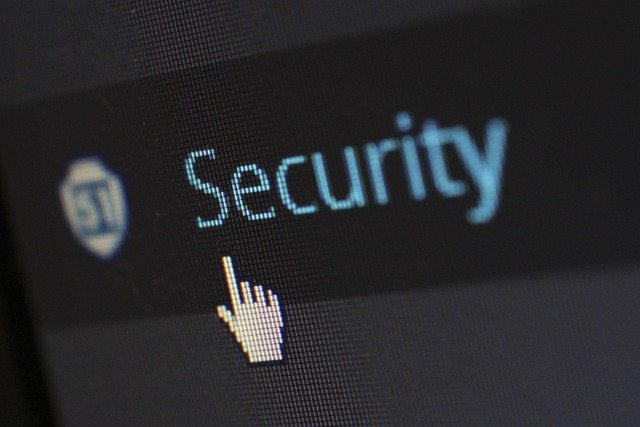Privacy and encryption: protecting live feeds from unauthorized access
This article explains practical steps parents and caregivers can take to protect nursery live feeds from unauthorized access. It covers how encryption, wifi and wireless settings, mobile apps, and device features such as nightvision and motion alerts affect security, plus everyday device management for reliable, private streaming.

Monitoring an infant in the nursery can give caregivers reassurance, but it also introduces privacy and security considerations. Secure live streaming of audio and video requires attention to encryption standards, router settings, mobile app permissions, and device features such as nightvision, motion detection, temperature sensors, and battery management. This article outlines clear, evidence-informed steps to reduce the risk of unauthorized access and to maintain usable, private monitoring without compromising core functionality.
How does encryption protect nursery video and audio?
Encryption is the primary technical control that prevents eavesdropping on audio and video streams. When a monitor or its cloud service uses end-to-end encryption, the feed is encoded on the device and can only be decoded by an authorized viewer, which helps ensure privacy even if network traffic is intercepted. Look for devices or services that advertise strong, standard encryption protocols (for example, TLS for transport, and where available, end-to-end AES-based encryption for media). Avoid products that transmit unencrypted streams over the internet or that rely solely on basic password protection.
What role does wifi and wireless security play?
The wireless network connecting a monitor is a frequent attack vector. Securing the router and wifi network with a strong, unique passphrase, WPA3 or WPA2 encryption, and disabling legacy protocols reduces exposure. Consider placing monitoring devices on a separate guest network or VLAN so they are isolated from other home devices. Regularly update router firmware and monitor firmware to patch vulnerabilities. For homes with multiple users or local services, review which devices have access to the wifi and limit unnecessary permissions.
How do nightvision and motion features affect privacy?
Nightvision and motion detection are convenience and safety features, but they can increase data collection and potentially expand attack surfaces. Motion-triggered video or cloud uploads mean more frequent data transmission; ensure those transmissions are encrypted. Configure motion sensitivity to reduce false triggers and limit the amount of stored footage. Review where clips are stored (locally on a card vs. cloud storage) and the retention policies. If clips are stored in the cloud, verify the provider’s privacy practices and encryption levels to keep infant-related footage private.
How does mobile app and streaming security work?
Most modern monitors rely on a mobile app for live streaming and alerts. Secure app usage begins with strong, unique account passwords and, where possible, multi-factor authentication (MFA). Check app permissions and avoid granting unnecessary access to contacts, location, or photos. Ensure the mobile device itself is protected with a screen lock and kept updated. When streaming remotely, prefer services that use authenticated sessions and token-based access rather than static credentials embedded in the device. Be cautious with remote access features and understand whether streaming passes through the vendor’s cloud or is direct peer-to-peer.
How to manage temperature, battery and device settings securely?
Sensors such as temperature monitoring and battery status provide useful information but also add to the data footprint. Configure notifications to match your needs so you don’t flood cloud services with data. For battery-powered monitors, monitor battery health and replace or recharge timely to avoid loss of service; for wired devices, ensure cables are installed safely in the nursery. Limit data collected to what you need and check that telemetry or diagnostic reporting is anonymized or opt-out where possible. Regular maintenance—firmware updates and periodic password refreshes—helps keep devices secure.
What parental practices reduce unauthorized access?
Practical habits complement technical controls. Change default passwords on new devices immediately and use a password manager to create strong, unique credentials. Enable automatic updates or check for firmware and app updates monthly. Limit account sharing: grant access only to trusted caregivers and review active sessions in the mobile app settings. Disable cloud storage or remote access features if you prefer local-only streaming; if cloud features are used, read privacy policies and opt for providers with transparent data handling. Finally, keep the physical nursery environment in mind—position cameras so they focus on safe zones and avoid capturing neighbors or areas that could reveal home layout unnecessarily.
This article is for informational purposes only and should not be considered medical advice. Please consult a qualified healthcare professional for personalized guidance and treatment.
In summary, protecting live feeds involves a mix of encryption, network hygiene, device configuration, and good parental practices. Prioritize devices that support robust encryption, isolate monitors on their own network segment, keep firmware and apps up to date, and manage permissions and storage settings. Together, these steps reduce the likelihood of unauthorized access while preserving the monitoring features parents rely on for infant safety and peace of mind.






